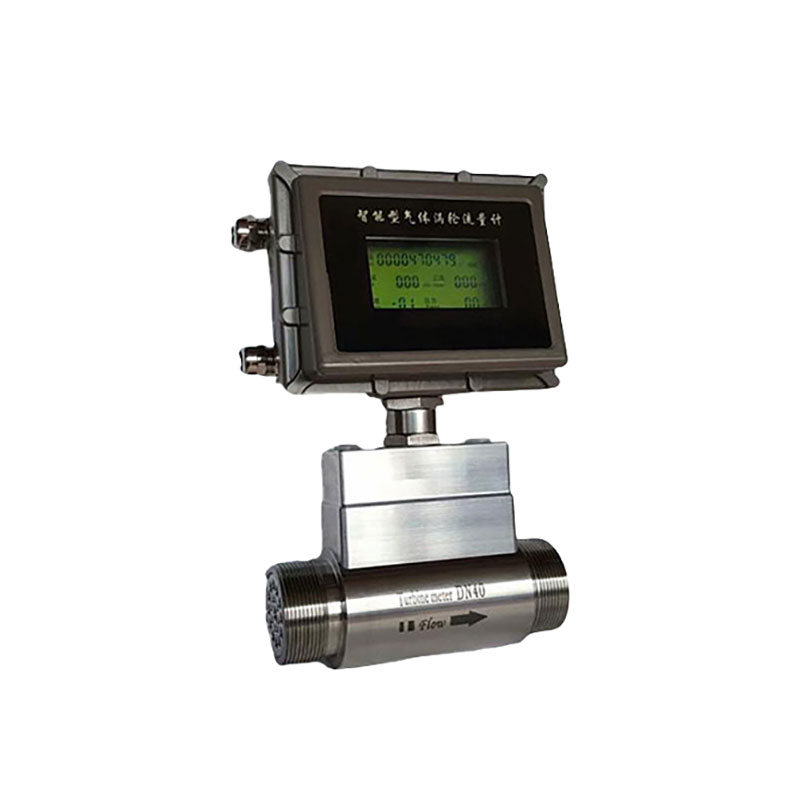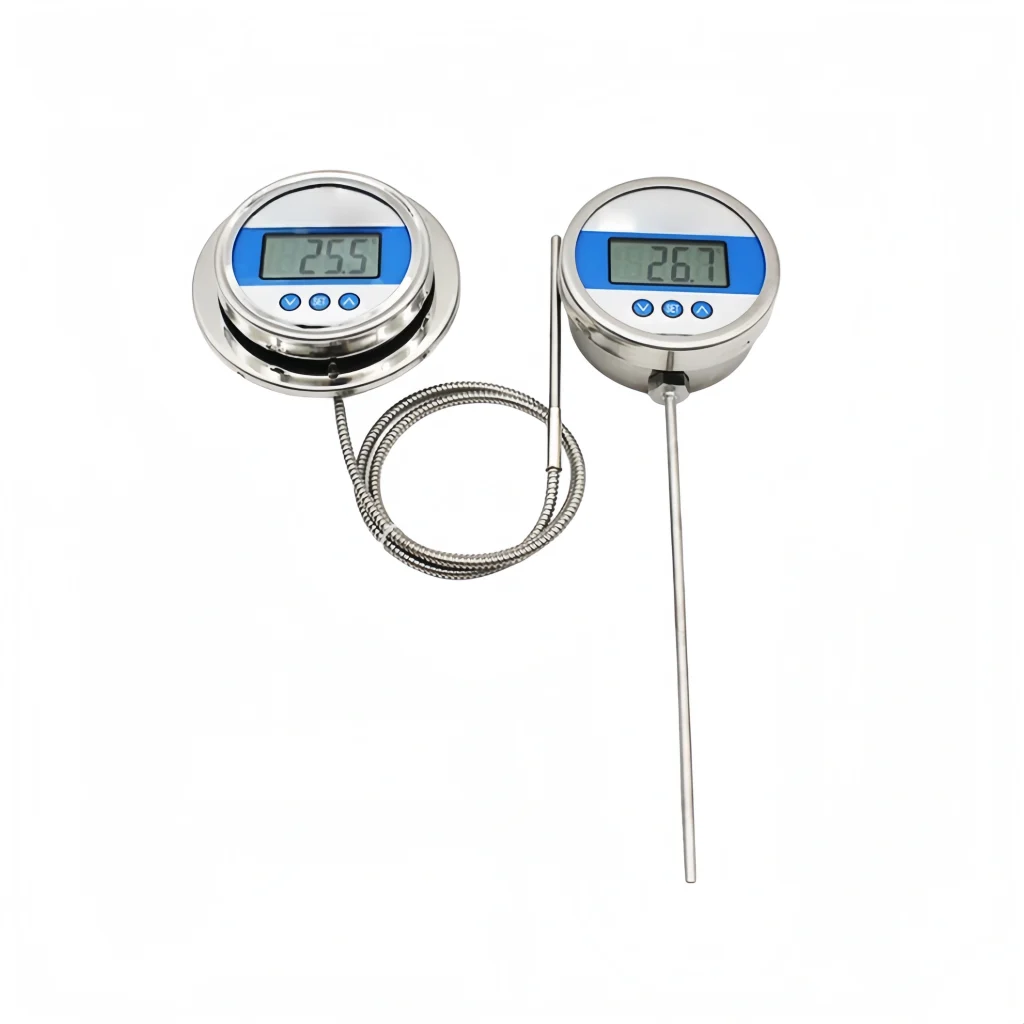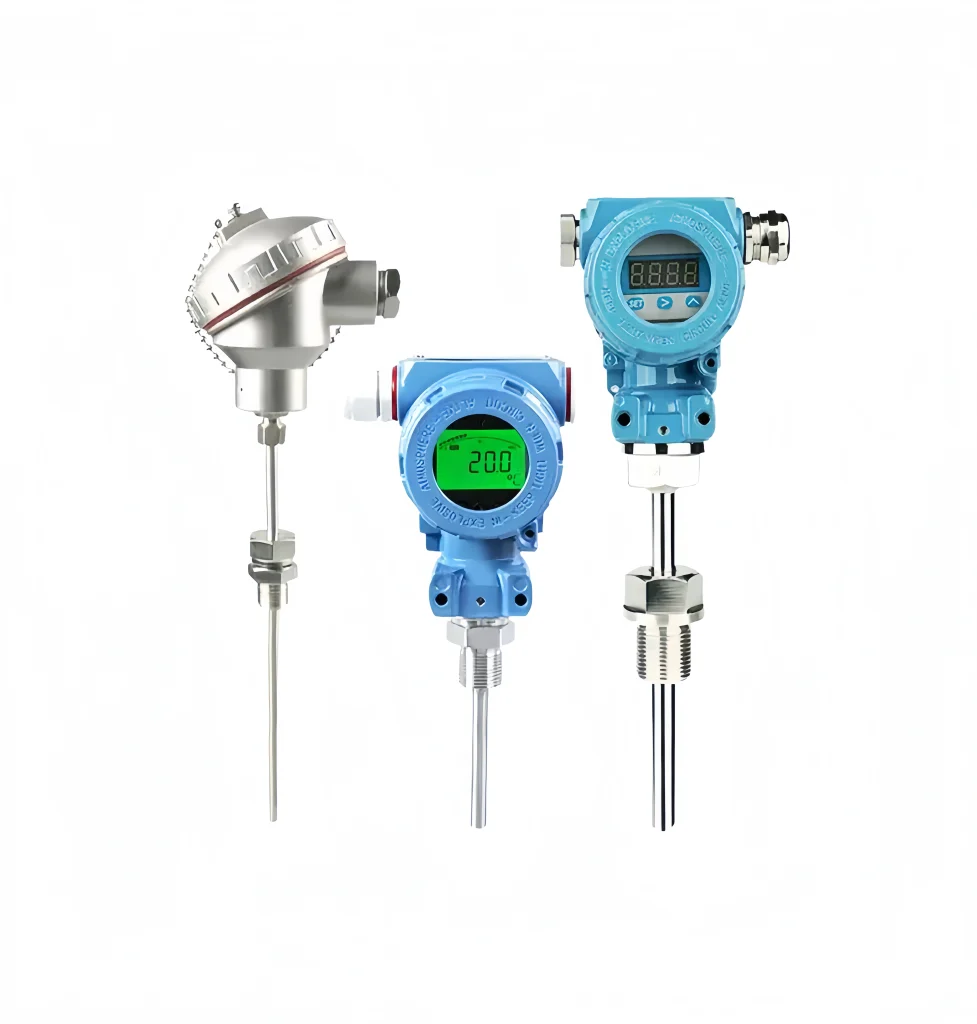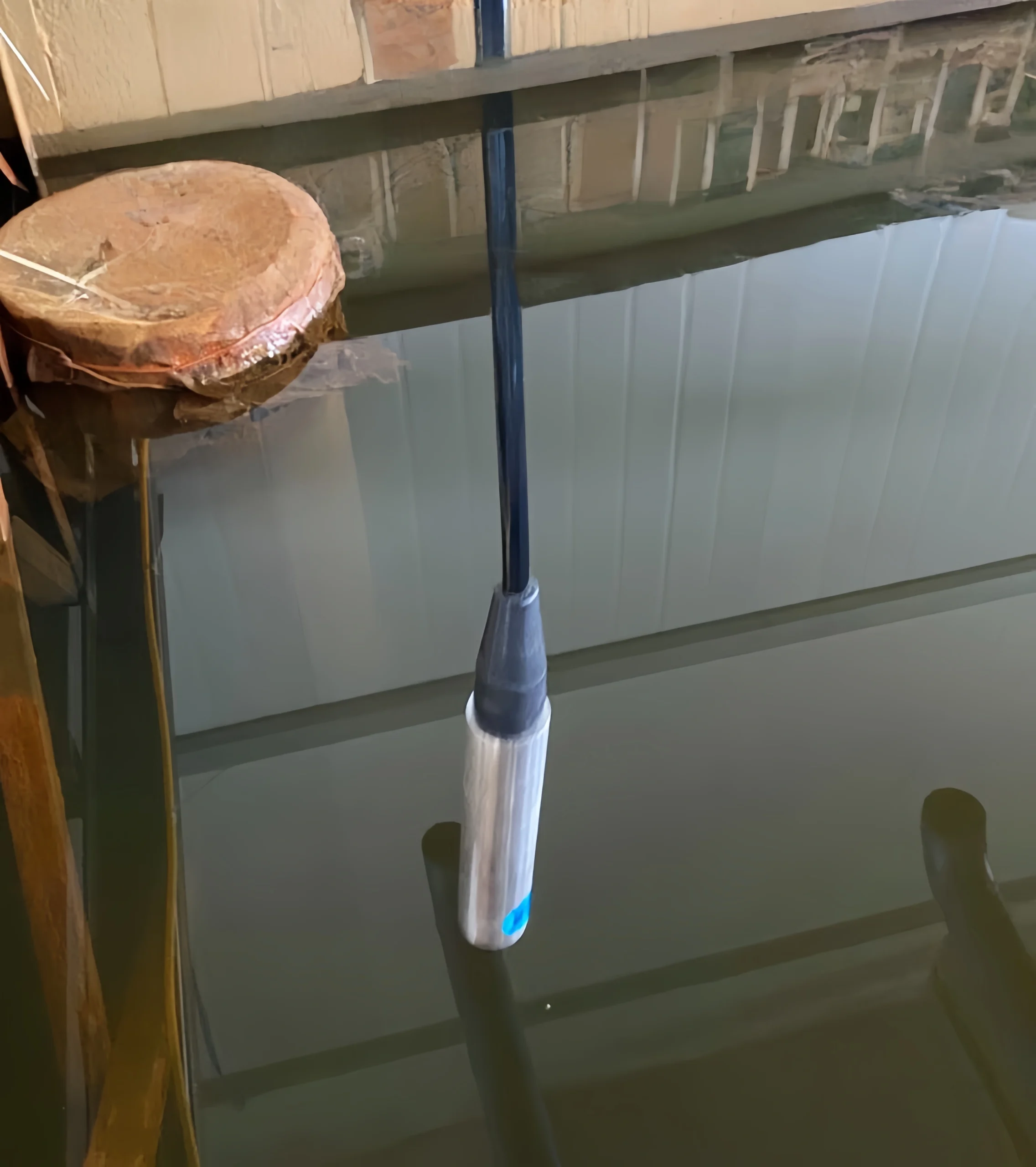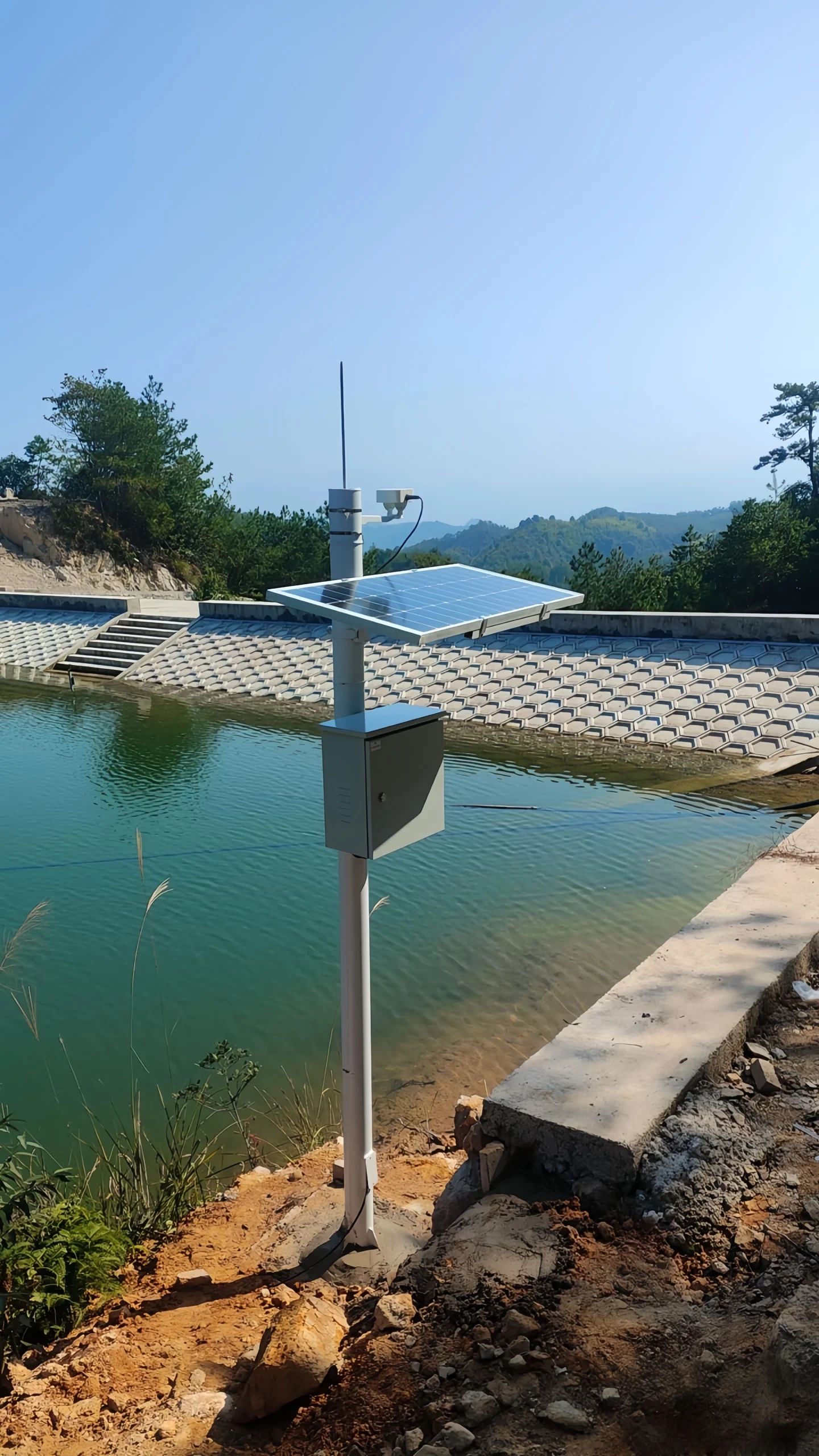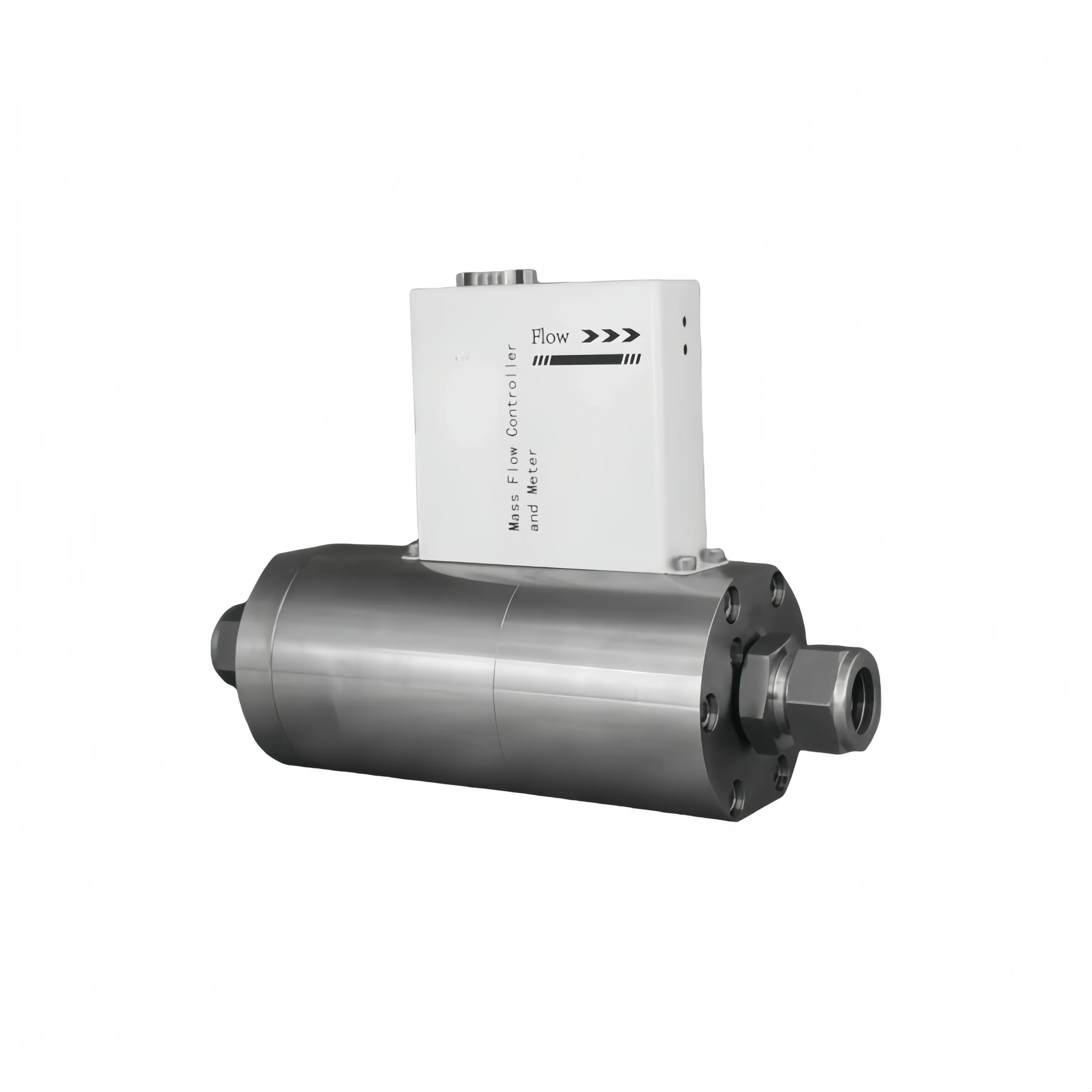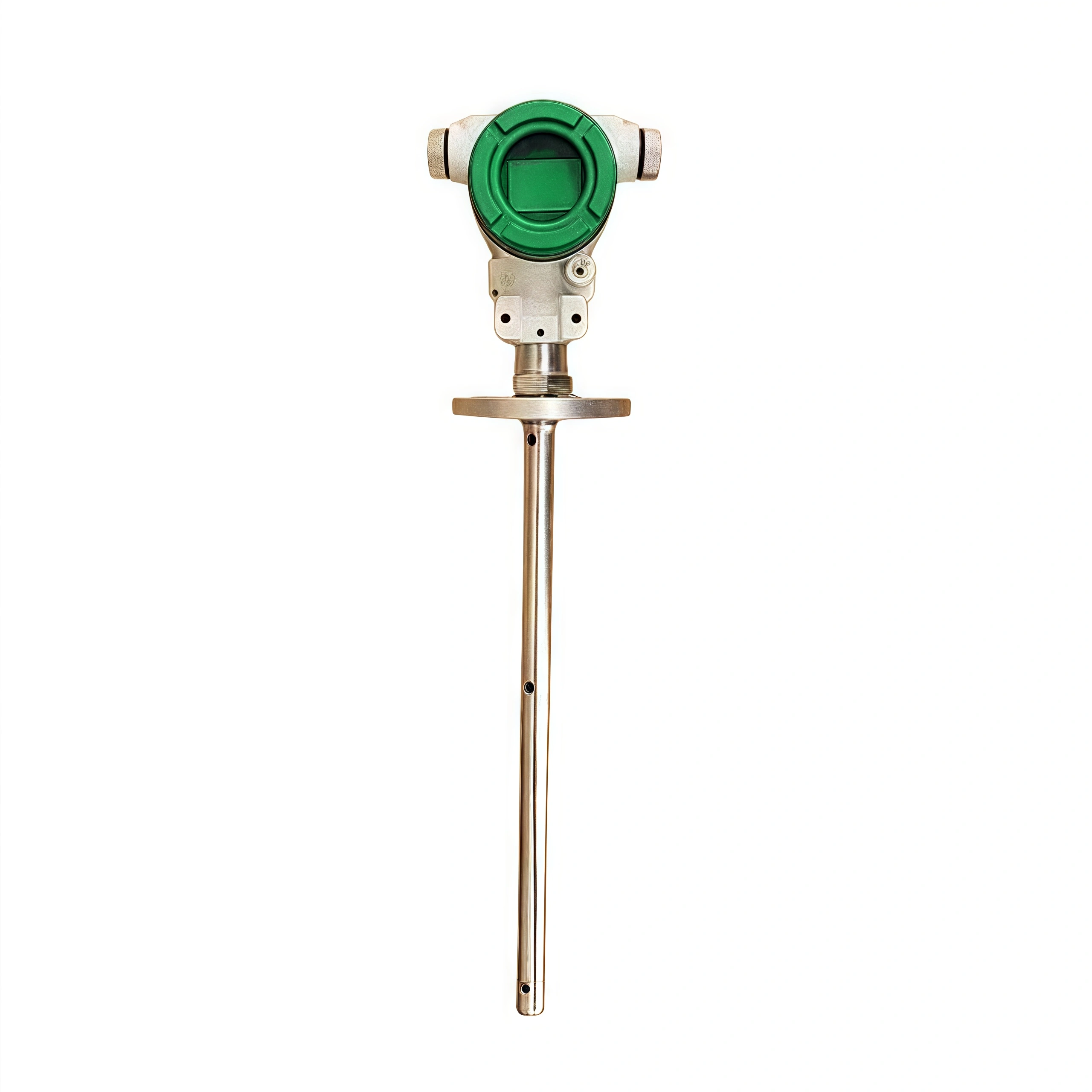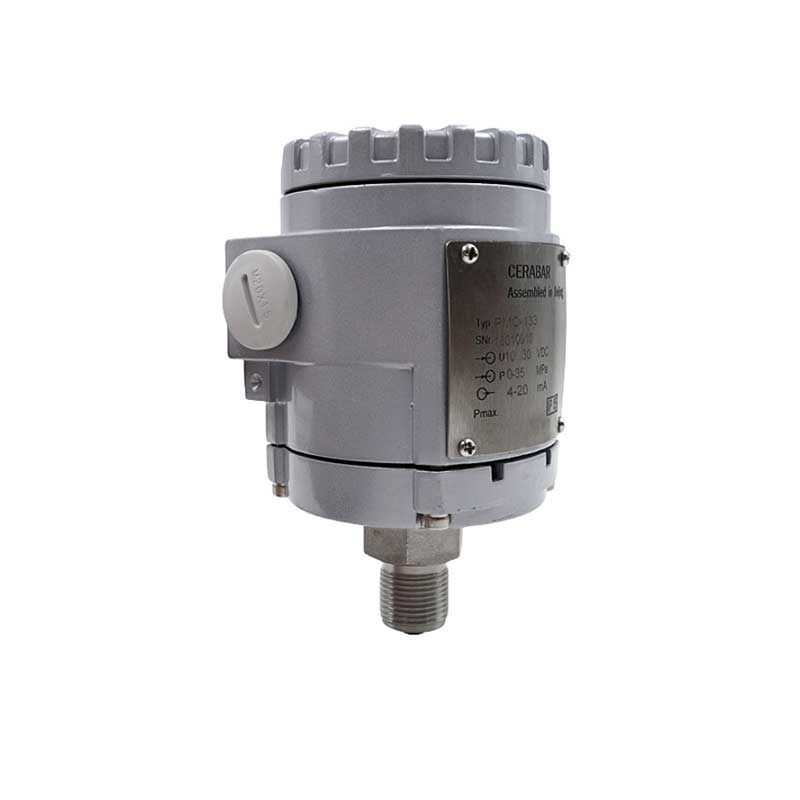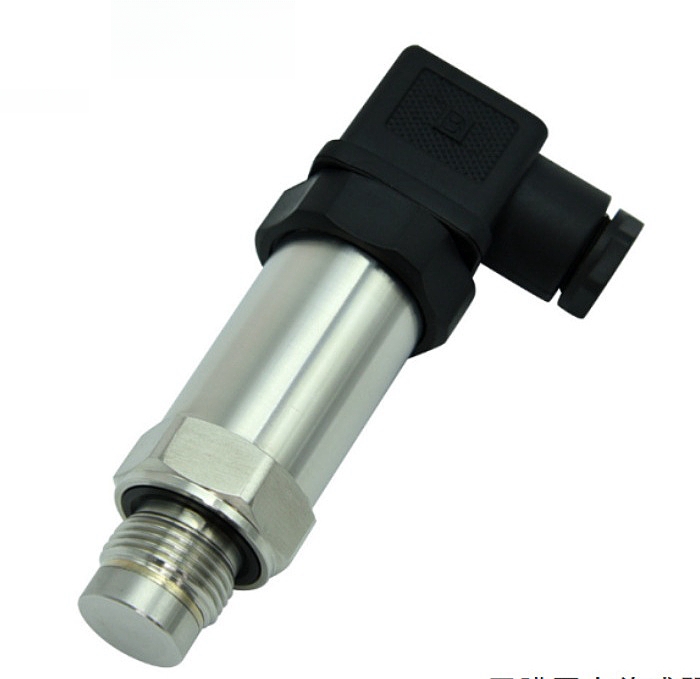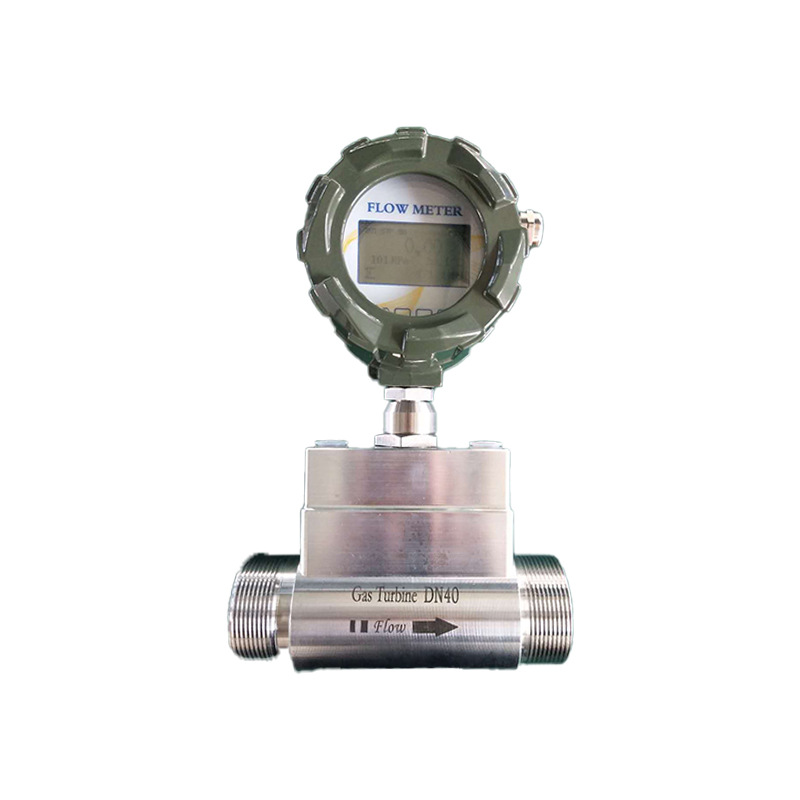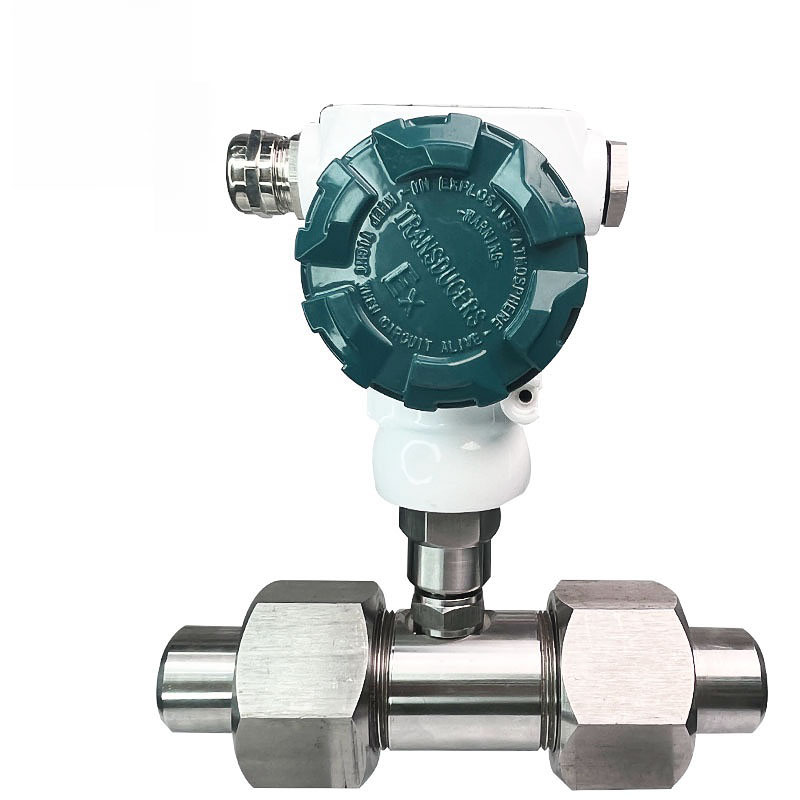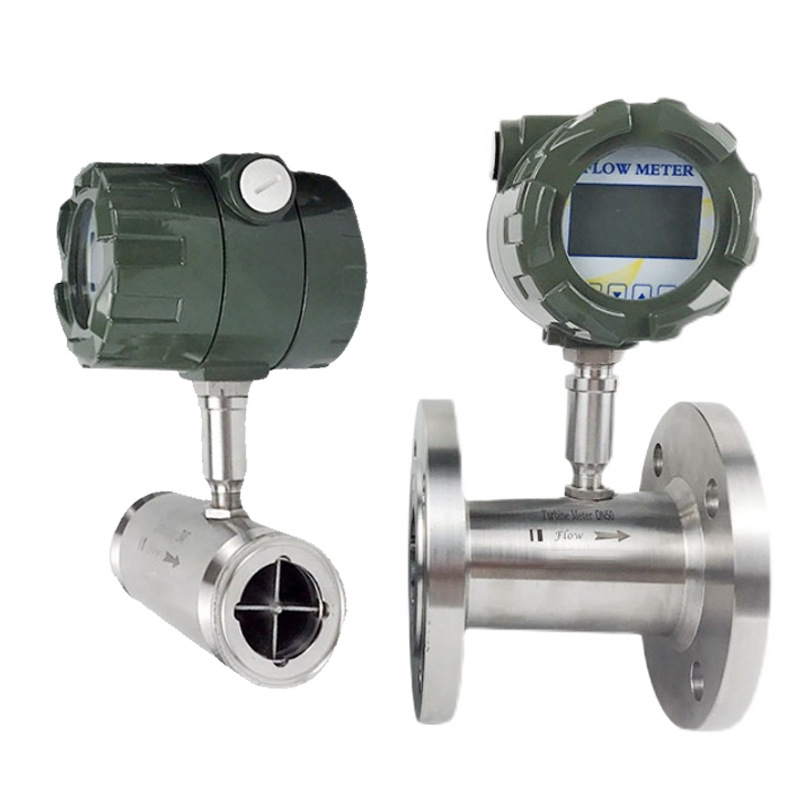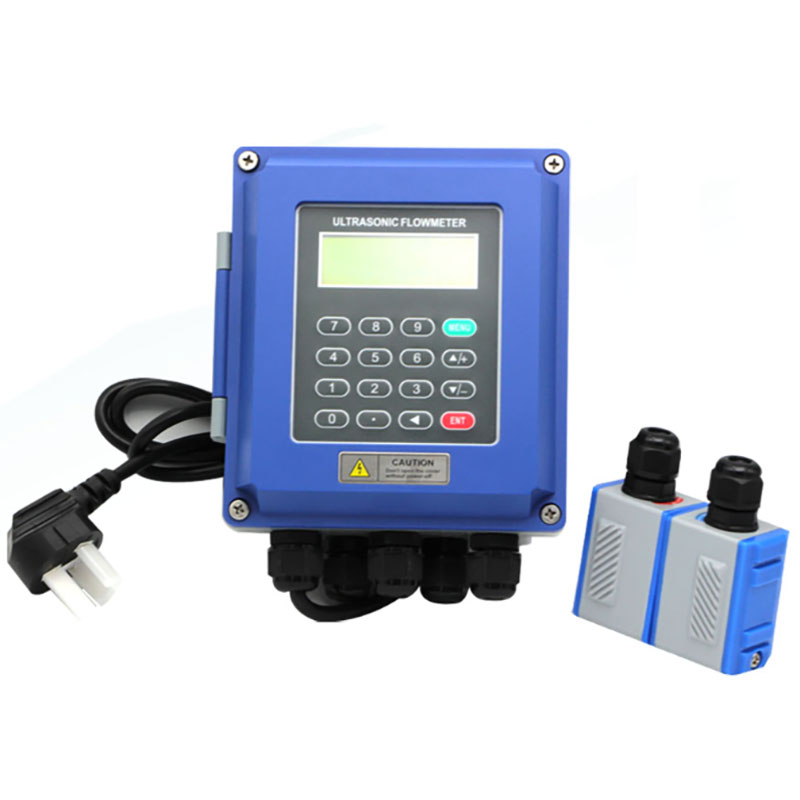Natural gas, as a clean and efficient energy source, has been widely used globally. However, monitoring natural gas projects relies heavily on data acquisition and monitoring. Through appropriate sensors and monitoring systems, key parameters in natural gas projects, such as temperature, pressure, and flow rate, can be monitored in real time. This data can be used to analyze and predict project operations. Staff can promptly identify problems and take appropriate measures. Natural gas monitoring systems are mainly used in natural gas trading settlement, extraction, and transportation.
The post details an introduction to natural gas monitoring systems. I hope it assists in your natural gas management.
What is a Natural Gas Monitoring System?
A natural gas monitoring system integrates pressure, temperature, and flow monitoring modules. It enables real-time monitoring and data linkage analysis of the entire gas transmission and distribution process. The system relies on a sensor network to collect key parameters. It uses an automated platform for data integration and anomaly warning. It ensures safety and metering accuracy during natural gas extraction, transportation, and trading.
Functions:
- Reducing Safety Accidents: This system can promptly detect and address safety hazards, reducing the risk of gas leaks, explosions, and other accidents.
- Optimized Resource Allocation: The system provides managers with decision-making support. It optimizes the allocation of gas supply resources.
- Improved Operational Efficiency: The system can automate multiple monitoring and control tasks, reducing manual intervention.
- Enhanced Emergency Response Capabilities: In the event of an accident such as a gas leak, the system can quickly provide accurate on-site data. It can provide strong support for emergency response.
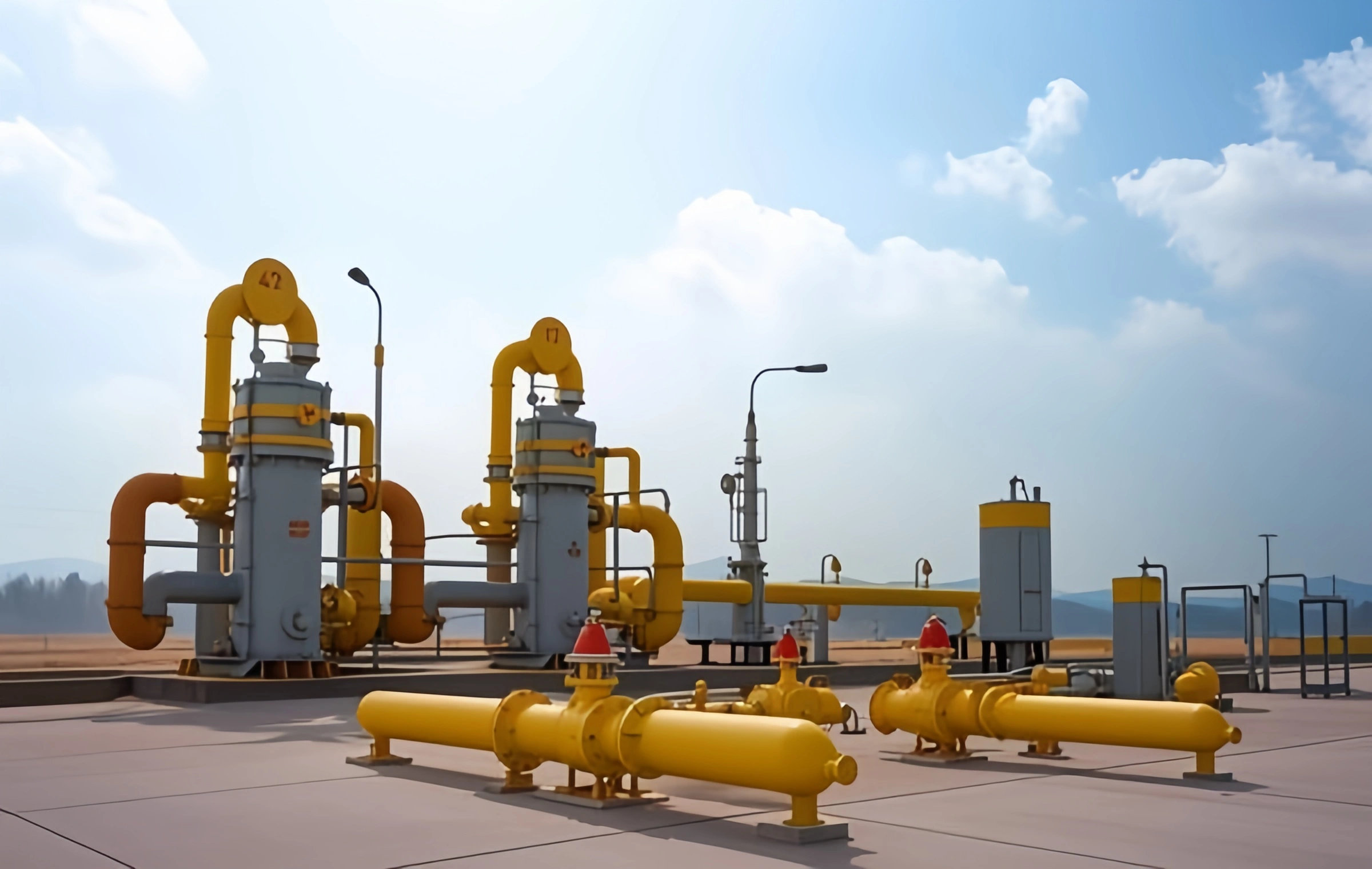
Challenges of Natural Gas Monitoring:
Natural gas presents safety risks and hazards during extraction, transportation, and use. Natural gas management is also highly complex. Traditional manual methods are insufficient to detect safety loopholes, especially in the safety supervision of gas stations and pipeline networks. Stations face issues such as operational management and regional control. Pipelines face difficulties such as untimely discovery of problems by third-party construction workers, high difficulty in supervision, and inability to perform timely and regular maintenance.
Traditional natural gas management faces many challenges:
- Pipeline explosions and leaks pose a danger, and manual inspections are highly risky;
- Insufficient digital application and incomplete intelligent construction;
- Data on gas pipelines is not synchronized between the data holders and gas operating companies;
- Lack of effective safety supervision methods, absence of regulatory agencies, and lack of a standardized system.

Why Monitor Natural Gas?
Natural gas is a clean energy source used globally. By accurately monitoring natural gas, we can achieve the following objectives:
- Safety Assurance: Accurately measuring the pressure of natural gas pipelines prevents leaks. Monitoring the temperature of natural gas helps prevent fires and explosions.
- Environmental Protection: Natural gas leaks pollute the atmosphere and affect air quality. Effective natural gas detection can promptly detect leaks. It can reduce pollutant emissions and protect the ecological environment.
- Energy conservation and emission reduction: As a clean energy source, the efficient use of natural gas is crucial for achieving energy conservation and emission reduction goals. Precise flow detection of natural gas can reduce resource waste.
- Fair Trade: Precise natural gas flow monitoring ensures fair natural gas trade. It promotes the interests of both buyers and sellers.
Sino-Inst Feature Natural Gas Measurement Product
SI-2088 Digital Pressure Transmitter with Display
- Measuring range: 0.1~100MPa;
- Accuracy: 0.2%FS, 0.3%FS, 0.5%FS optional;
- Natural frequency:5KHZ~650KHz
Flameproof Pressure Transmitter Exd
- Measuringrange:100kPa-250MPa;
- Accuracy: ±0.5%FS(typ.):±1%FS(max);
- Explosionproof grade: Exd 1 BT6.
Gas Turbine Flow Meter with temperature and pressure compensation
- Measurement Range:2.5-13000m³/h;
- Accuracy: 0.5%;
- Maximum pressure loss:1.5-2KPa.
Thermal Gas Mass Flow Meter for Industrial Gases
- Flow rate range: 0.0~120Nm/s;
- Accuracy: 1.5%;
- Measuring medium: Single-component and multi-component gases (except acetylene gas).
Digital Temperature Sensor
- Measuring range -50~500℃
- Response time: ≤18s;
- Stability: ±0.1% FS/year.
Integrated Temperature Transmitter
- Range: -200~1600℃;
- Normal Accuracy:±0.25%;
- Explosion-Proof Marking: dⅡBT4.
Natural Gas Pressure Sensor
Natural gas pipelines are classified according to their transmission pressure because the airtightness requirements for natural gas pipelines are particularly stringent compared to other pipelines. Natural gas leaks can lead to fires, explosions, poisoning, or other accidents. The higher the pressure in a natural gas pipeline, the greater the likelihood of pipe joints coming detached or cracks appearing in the pipeline itself.
Different natural gas pressures within the pipeline place different demands on pipeline materials, installation quality, inspection standards, and operational management. Therefore, natural gas pressure detection is extremely important.
A natural gas pressure sensor is a device used to measure gas pressure. It converts gas pressure into an electrical signal through physical principles. Based on different measurement principles, natural gas pressure sensors are generally classified into the following categories: capacitive, piezoresistive, resistive, and fiber optic. Among these, piezoresistive and capacitive pressure sensors are most commonly used in natural gas pipeline pressure monitoring.
Read More about: 7 Types of Pressure Sensors: Different Types, Working Principles, and Definitions
Features of Natural Gas Pressure Sensors:
- Customization Support;
- Multiple Explosion-Proof Ratings Available;
- IP68 Protection Rating;
- Fast Response;
- Wide Measurement Range: Up to 1200MPa;
- High Accuracy: 0.075%;
- Temperature Compensation;
- Intelligent Data Management Can be Used with Paperless Recorders;
- Multiple Output Options: HART, 4-20mA, etc.
- Multiple Connection Methods: Flange, Clamp, etc.
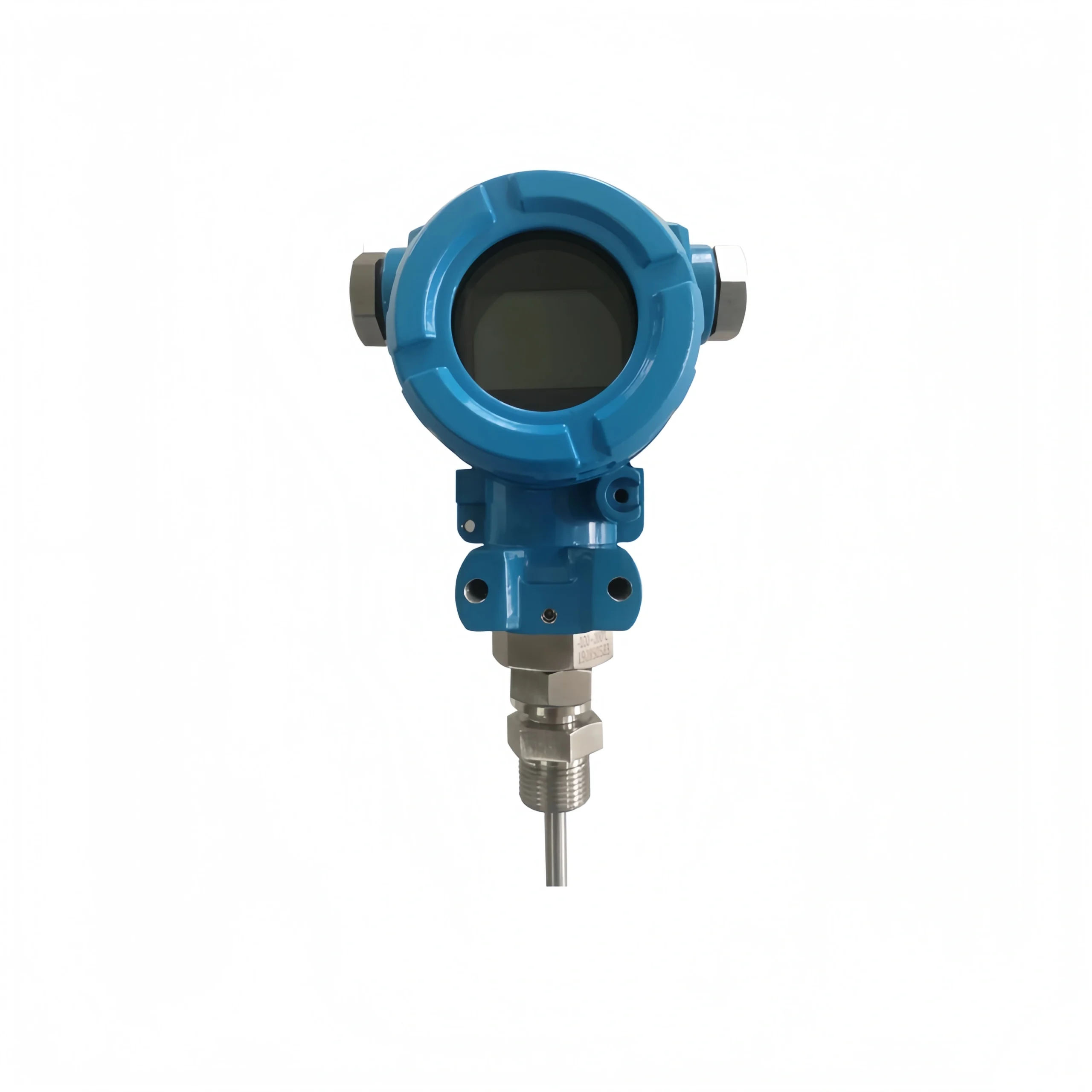
Natural Gas Flow Meter
Natural gas flow measurement is mainly used for trade settlement. In my country, natural gas trade measurement is conducted by volume or energy method under legally required quality indicators, with volume measurement currently being the primary method.
In the process of natural gas extraction and transportation, the natural gas flow rate is an important parameter for the operation, regulation, and control of the extraction and transportation process. This is also an important basis for the rational development of gas reservoirs and the transportation of natural gas. Therefore, calculating natural gas flow rate is a crucial task frequently performed during natural gas extraction and transportation.
There are many methods for measuring natural gas flow. They can be categorized by the measuring instrument: ultrasonic flow meters, turbine flow meters, thermal mass flow meters, differential pressure flow meters, and vortex flow meters.
Read more:
Comparison of 5 Types of Natural Gas Flow Meters
Featured 7 Types of Industrial Gas Flow Meters
The Influence of Pressure and Temperature on the Volumetric Measurement of Natural Gas Flow Meters
Natural gas is compressible. Pressure plays an important role in the volumetric measurement of natural gas flow meters. With other parameters remaining constant, the volumetric flow rate of natural gas under standard reference conditions increases with increasing pressure. Therefore, if the measured pressure is greater than the actual value, the flow rate measured by the natural gas monitoring system will also be higher, and vice versa. The accuracy of the pressure measurement must be considered when performing differential analysis on natural gas flow meters.
Natural gas exhibits thermal expansion and contraction. Temperature is critical for the volumetric measurement of natural gas flow meters. With other parameters remaining constant, the volumetric flow rate of natural gas under standard reference conditions decreases with increasing gas temperature. Therefore, if the temperature measurement error is greater than the actual value, the flow rate measured by the natural gas monitoring system will be lower, and vice versa. The accuracy of the temperature measurement must be considered when performing natural gas flow meter variance analysis.
Read More about: PT Compensation of Flow Measurement
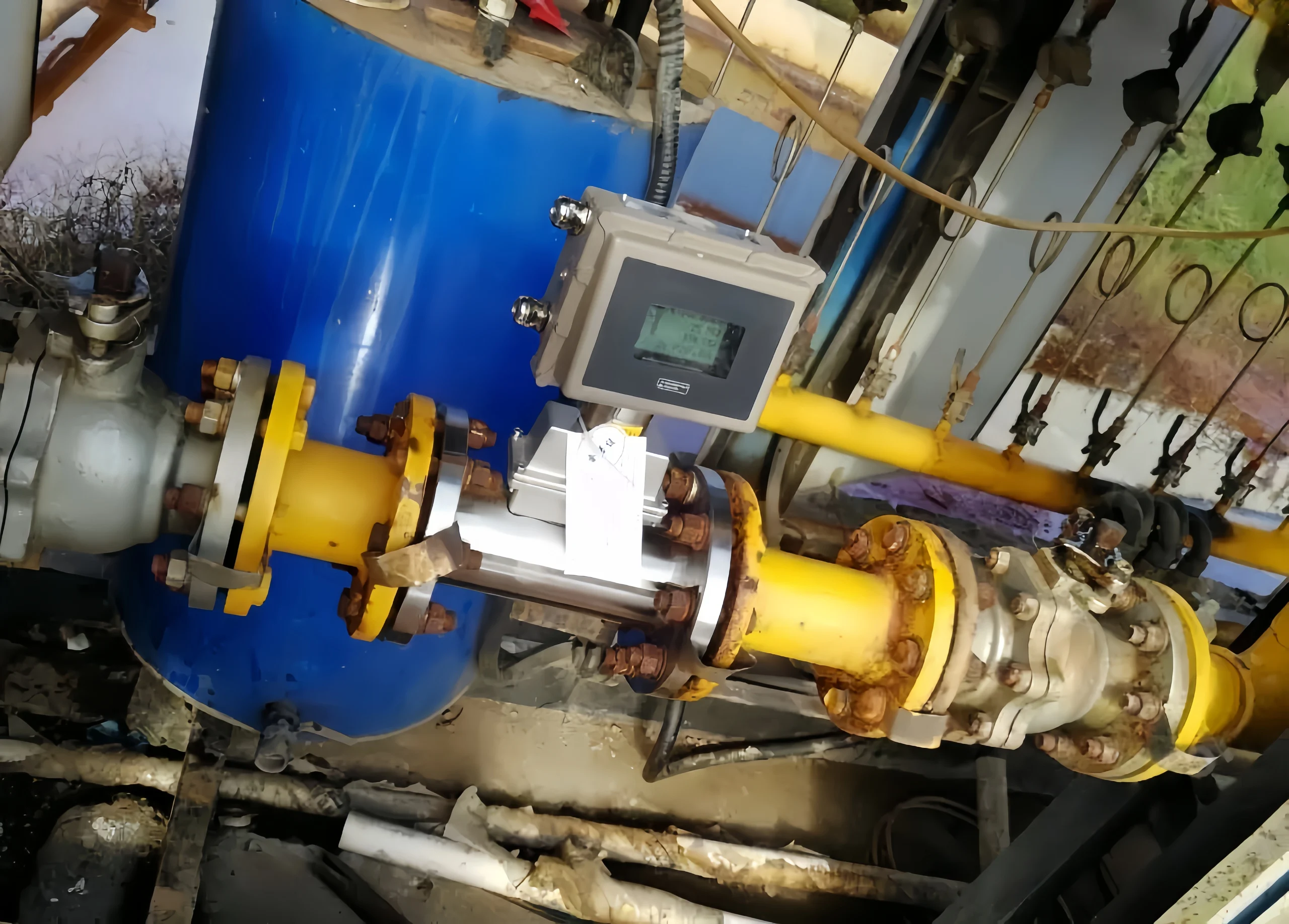
Natural Gas Temperature Transmitter
As a key component of the natural gas metering system, the temperature transmitter linearizes, amplifies, and converts the output signal of the temperature sensor. It achieves accurate temperature measurement and remote transmission.
Temperature measurement is equally crucial for the operation and safety of natural gas projects. Temperature transmitters can be used to measure the temperature within natural gas pipelines to provide accurate temperature data. Commonly used temperature sensors include thermocouples and thermistors.
Sino-Inst offers a variety of temperature transmitters for measuring the temperature of natural gas.
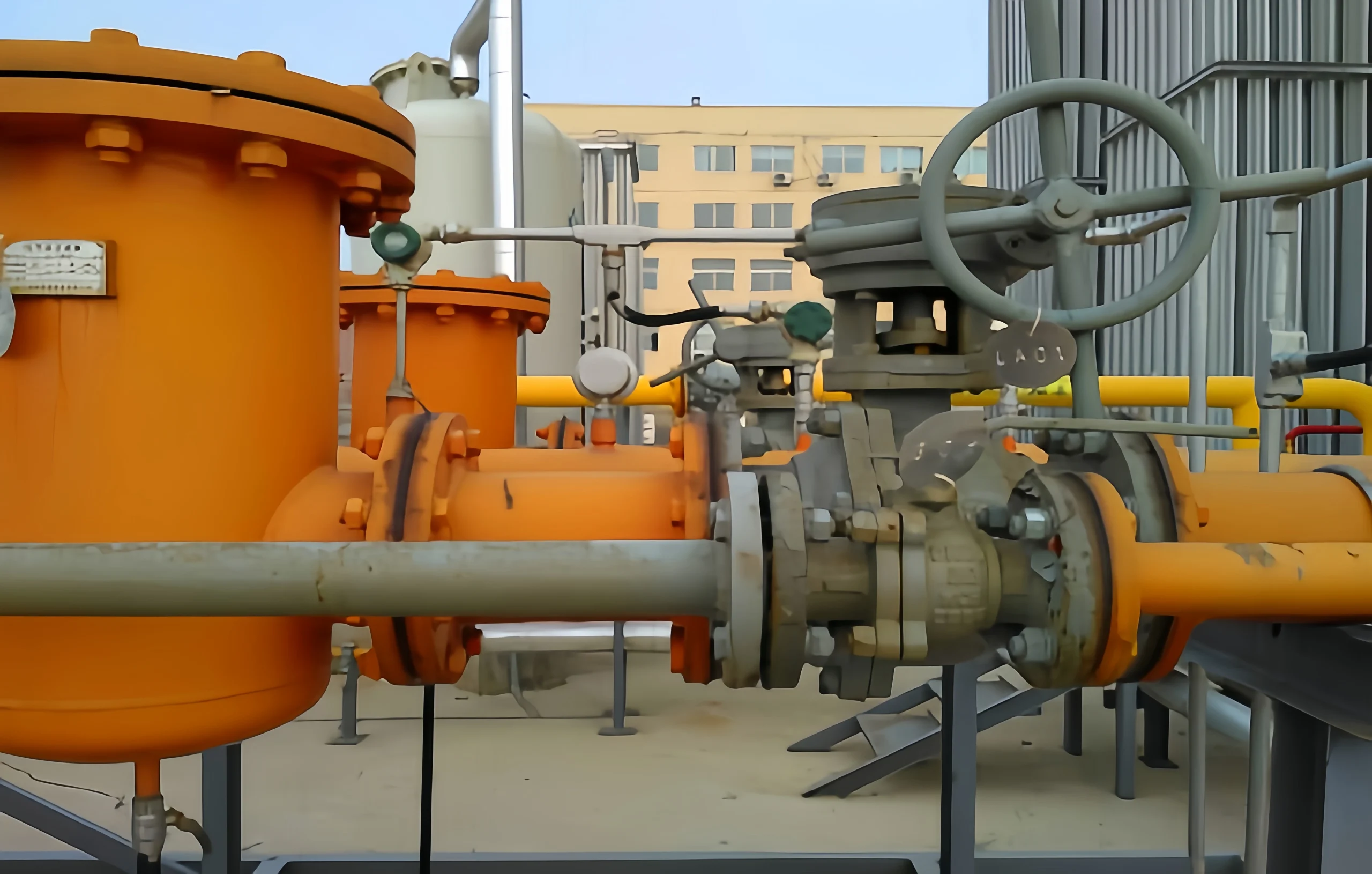
How many psi is my natural gas line?
The pressure range of natural gas pipelines is wide, ranging from tens of psi to thousands of psi. It depends on the type and purpose of the pipeline. If you want to know the pressure of your natural gas pipeline, I recommend choosing a Sino-Inst natural gas pressure sensor. It can quickly and accurately measure your pipeline pressure.
What maintenance is required for a gas flow meter?
Regular Inspection
Check the flow meter's appearance daily or weekly for any leaks (especially at connecting flanges and gaskets).
Observe the meter head or display unit for proper operation and any alarm messages.
Check the upstream and downstream straight pipe sections for blockages and damage by foreign objects.
Monitor operating parameters
Observe flow rate, pressure, temperature, and other parameters through the monitoring system to ensure they are within normal ranges.
Pay attention to the stability and continuity of the flow meter output signal. Check for any abnormal fluctuations or jumps.
Record the cumulative flow and compare its trend with other instruments in the system. Investigate any abnormalities promptly.
Maintain a Clean Environment
Keep the flow meter and its surrounding environment dry and clean. Prevent moisture, dust, and oil from entering the meter head or wiring ports.
Ensure the junction box is properly sealed. The aim is to prevent moisture ingress and potential circuit malfunctions.
What are the units of measurement for a natural gas flow meter?
The units of measurement for natural gas flow meters are usually divided into two categories: operating condition units and standard operating condition units.
Operating condition units directly reflect the gas volumetric flow rate under actual operating conditions. They are usually expressed in cubic meters per hour (m³/h) or cubic meters per second (m³/s). This unit is significantly affected by temperature and pressure changes.
Standard condition units are based on standard conditions. Typically a pressure of 101.325 kPa and a temperature of 20°C or 0°C. And they are used to eliminate the influence of environmental factors on volume. Common units include Nm³/h (standard cubic meters per hour), Sm³/h (volume flow rate under control conditions), or Nm³/s (standard cubic meters per second).
How does a gas pressure sensor work?
The key to a gas pressure sensor is to sense changes in gas pressure through a sensitive element and convert it into an electrical signal.
Common principles include:
Piezoresistive effect: Utilizing the characteristic that the resistance of a semiconductor or metal thin film changes with pressure (e.g., silicon piezoresistive sensors).
Capacitive: Detecting changes in capacitance caused by pressure affecting the spacing between capacitor plates.
Piezoelectric: Certain materials (e.g., quartz) generate electrical charges under pressure, outputting an electrical signal.
What happens if gas pressure is too high?
Excessive gas pressure can cause valves to malfunction, leading to gas leaks. For some flammable and explosive gases, leaks can cause explosions and fires. Therefore, gas monitoring is crucial.
All in all, Sino-Inst’s natural gas monitoring system consists of natural gas pressure sensors, natural gas flow meters, natural gas temperature transmitters, and paperless recorders.
Natural gas monitoring systems promote fair trade and ensure production safety. Sino-Inst supplies measurement instruments for various industrial processes. If you need a natural gas monitoring system, please contact us for a free quote and customized solutions.



